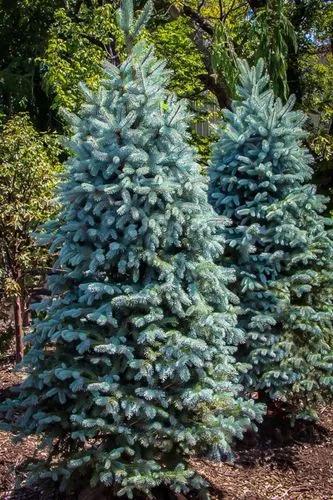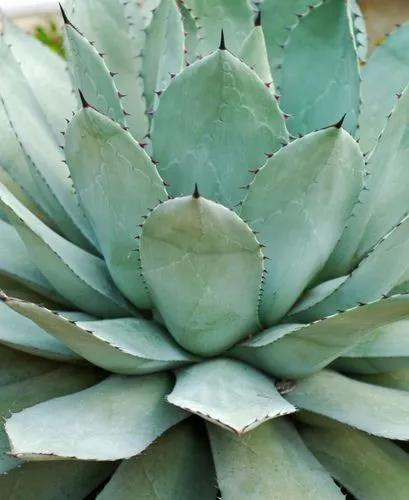Porcelainflower is a species of flowering plants belonging to the taxonomic genus Hoya, which are sometimes called the 'Wax plants'. There are lots of species of Hoya, such as H. bella, H. multiflora, and H. australis (or H. kerrii). Hoya Carnosa is the most commonly species and the most common used of all. They are popular for cultivating because they look elegant and they are relatively easier to cultivate than other plants, especially among flowers. Hoya can be reproduced by people’s work as they are popular for cultivation. There is a process to reproduce Hoya appropriately. First of all, leave their leaves until they have only 2~3 leaves, and make their length about 10cm by cutting them off (when cut them, they should be cut with one cutting aslant.) Using good soil is also important; sand around river can be good one. When the roots grow enough, they are ready to move, and the appropriate temperature is around 68F.
Hoya Krinkle 8 Care
hoya carnosa krinkle
Other names: Hoya Crinkle



How to Care for the Plant

Water

Hoya Carnosa Krinkle 8 is very easy to care for as long as you keep it in a bright spot and are careful with water. Like many other types of Hoya’s, this species is epiphytic in its natural habitat, which means it’s actually an air plant with crinkly succulent leaves.

Pruning

Pruning. Hoya can grow large and unwieldy, so if you need to prune your hoya, then that is fine. Any dead, brown stems can be cut back. And if you have vigorous stems, you can either let them grow, wind them around a trellis, or just trim them back to a node.

Fertilizer

Fertilizer need to be once or twice a year and fertilize the plant in spray and in cold winter better not to put fertilizers, better to put fertilizer for blooming and fertilizer with high content of nitrogen in lace of nitrogen will be yellow leaves, when the plant young need to put fertilizer that fit for growth, trellising or even better to hang from the ceiling or somewhere high better when weep down because it easier for the plant to grow and it’s more impressive.

Sunlight

Hers grows very well in a shaded area in their home with a sky light as its only light sorce. It blooms once a year through the fall and winter. The blooms are very fragrant, with a spicey smell. She said her plant did not bloom until she moved into the home it is in now so I am assuming it is the low light combined with a average indoor temp. of 65°. I live in a very hot climate and am keeping mine with little light and away from the air conditioning. So far it is healthy but growing very slow. I am also told by my stepmother that this plant has to bunch up its roots to produce more saplings, much like an aloe vera does.

Soil

Yes, start with pot that will be 20-50% more than the root ball bigger the plant smaller the percentage and the plant grow slowly when it’s young, size of the container start with small and grow with the plant 5-12 liters (1.5-3 gallon), every time that the plant arrive to full capacity need to switch to bigger until arrives to desirable size, be aware that every transplant has negative reaction on the blooming also it’s important to switch soil because the soil lose the viability over time and it’s efficient of care for the roots and can cause to rotten roots, but when the plant big can use the air roots for water and fertilizer and then it’s possible not to switch soil, drainage it’s important and need to make holes and to use peat soil with perlite or potting mix soil and maybe some lava grit in the bottom or something like that, need well drained soil, better not to put a bottom for the container, when growing in pot need to put fertilizer at least once a year better twice times a year and need to fertilizer with liquate fertilizer the air roots, rich soil with organic material and humus on the soil, need to know when put water on the soil usually it’s not enough and need to take care of the air roots and spray water on the air root, better to use soft water (rain water or clean)

Temperature

The following list describes the general temperature tolerances that Hoyas will do best in. This guide was derived from information found in the David Liddle Hoya Catalog. While not to be taken as gospel, it can give some helpful idea of where to start. For example, you would not want to take a warm grower like H. megalaster and expose it to night-time temps in the 35°F range.

Additional

Hoya's are not toxic to humans or animals when ingested. Hoya carnosa 'Krinkle 8' is a wild cultivar of the classic Wax Plant. Its thick, waxy leaves are puckered and folded slightly inward, looking almost like a cross between the standard carnosa and another famous cultivar, the Hindu Rope Hoya.

Popularity

59 people already have this plant 14 people have added this plant to their wishlists
Discover more plants with the list below
Popular articles






